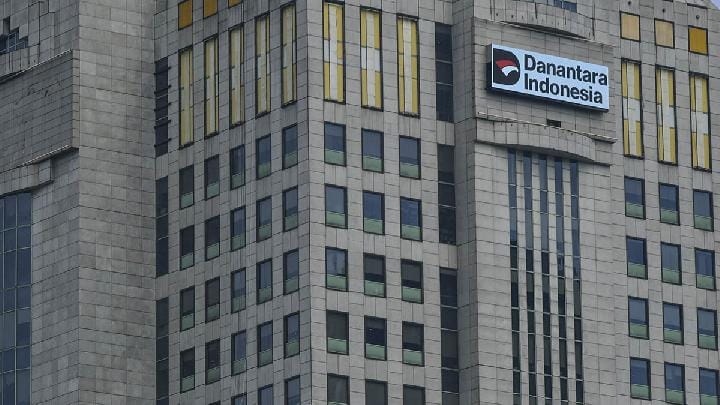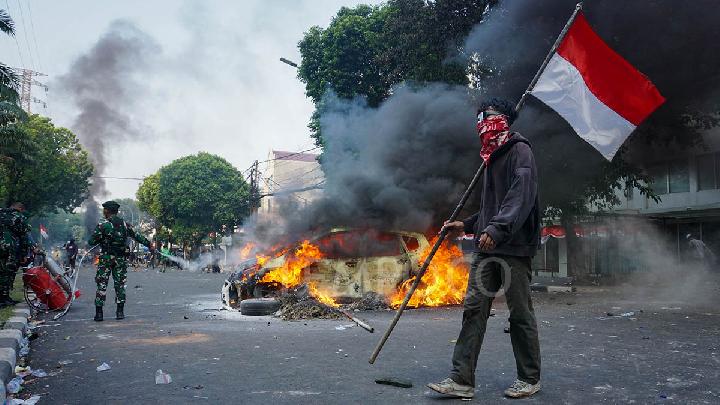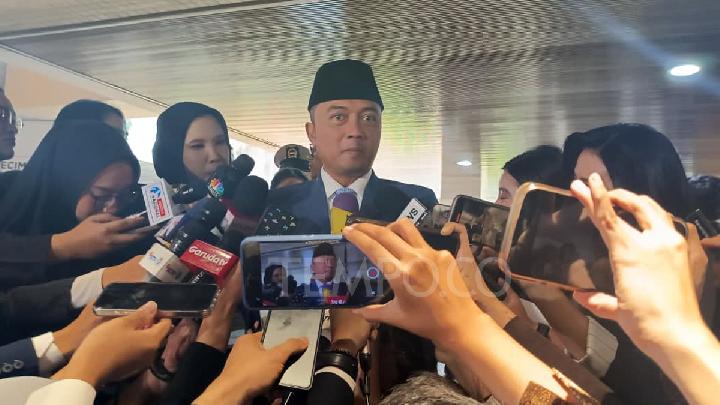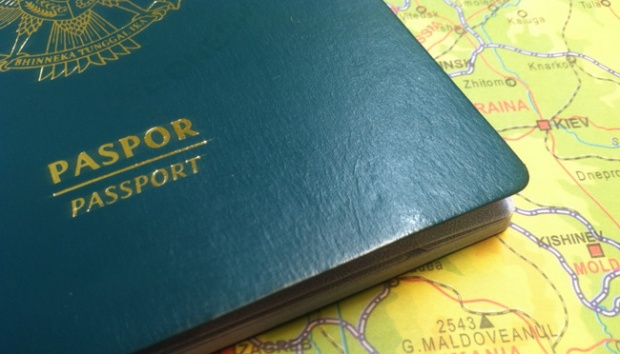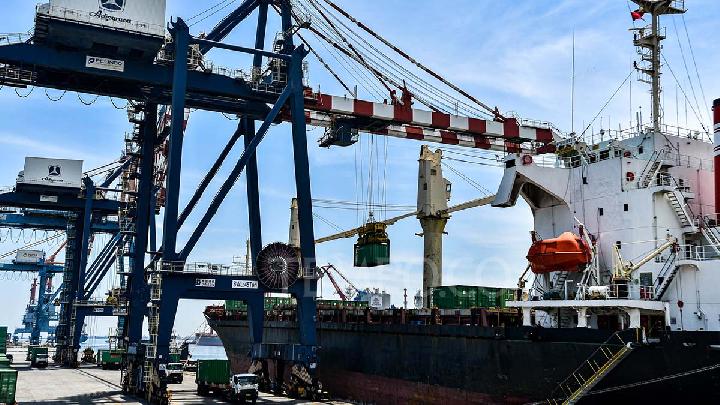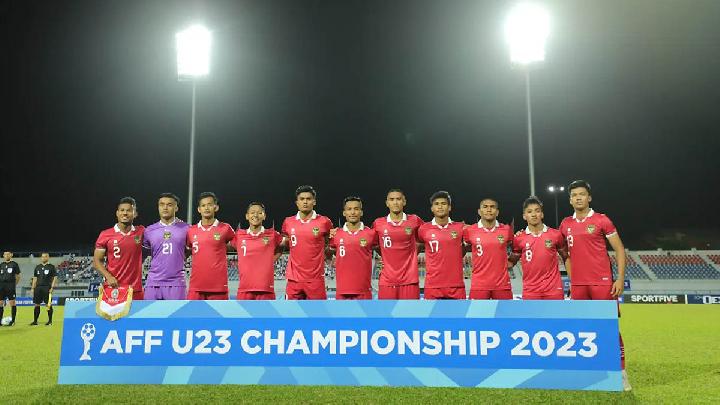By: Suci Haryati, Senior Staff for Communication at the Council of Palm Oil Producing Countries.
At the Sustainable Aviation Futures Congress 2025, held on 7–8 May in Amsterdam, the Netherlands, the global aviation industry convened to advance innovation, certification, and policy alignment for sustainable aviation fuels (SAF). This congress, however, took place amidst challenging against the European Union (EU) regulations—namely RED II, RED III, and the ReFuelEU Aviation Regulation—which exclude palm oil and its derivatives from approved SAF feedstocks, citing concerns over indirect land-use change (ILUC).
This exclusion challenges the credibility of global sustainability efforts, particularly for developing countries that possess vast low-emission feedstock resources. In this complex policy landscape, Indonesia and Malaysia—home to the world’s largest palm oil industries—have a crucial role to play. By advocating for inclusive SAF standards and scaling production based on certified sustainable residues, they are uniquely positioned to lead a more effective transition to net-zero aviation.
Indonesia and Malaysia have launched strategically aligned SAF initiatives, reflecting their commitment to climate goals while aligning with national capabilities and global expectations. Indonesia unveiled its SAF Roadmap at the 2024 Bali International Airshow. The national mandate requires international flights to use 1 percent SAF by 2027, rising to 2.5 percent by 2030 and 50 percent by 2060. These developments position Indonesia as a future key player in the global SAF market.
Meanwhile Malaysia launched the Malaysia Aviation Decarbonization Blueprint (MADB) last year, targeting net-zero emissions by 2050. Policy mandates will begin as early as 2027, requiring an initial SAF blend for international flights, with progressive targets set thereafter.
The Blending Target for SAF in Indonesia, Malaysia, and Other Countries
 Source: Indonesia Roadmap for SAF Industry
Source: Indonesia Roadmap for SAF Industry
Potentials and Challenges in SAF Production
Indonesia holds a strategic advantage through its diverse feedstock availability and preparedness in SAF production. As the world’s largest producer of crude palm oil (CPO), contributing over 50 percent of global supply, Indonesia is well-positioned to tap into renewable feedstock streams such as palm kernel oil (PKO), palm fatty acid distillate (PFAD), and used cooking oil (UCO). In 2023, the estimated domestic availability of UCO reached 3.9 million tons per year, underscoring the scale of this potential. Pertamina’s SAF production capacity is projected to reach 306 million liters annually by 2027, primarily via co-processing technologies using these feedstocks. The Cilacap Refinery, owned by PT Pertamina, is set to produce ISCC-certified SAF from UCO starting in Q1 2025, with an estimated annual capacity of 300,000 kiloliters.
Malaysia’s access to diverse and abundant feedstock resources underpins its potential in advancing SAF development. With over 18 million tons of crude palm oil produced annually, it offers a solid base for SAF production via Hydroprocessed Esters and Fatty Acids (HEFA) pathways. Other feedstocks, including PKO, PFAD, and UCO, are available. Malaysia’s SAF production is expected to begin in 2027, targeting an initial capacity of one million metric tons per year. This initiative is supported by a consortium involving EcoCeres Renewable Fuels Sdn Bhd, Petronas, Enilive, and Euglena, which plans to build two SAF refineries with capacities of 350,000 and 650,000 metric tons per year, respectively. Malaysia’s SAF blending mandate starts at 1 percent in 2027 and is set to rise to 47 percent by 2043.
However, both countries share not only a mutual interest in unlocking SAF’s potential to reduce aviation emissions, create green jobs, and elevate regional competitiveness, but also common challenges. In Indonesia, the primary hurdle stems from an underdeveloped SAF ecosystem which currently relies heavily on HEFA-based production using Palm Kernel Oil (PKO). While the national roadmap acknowledges alternatives such as PFAD and UCO, both are not yet fully optimized for domestic use, in part due to the evolving collection systems and the current orientation toward export markets.
Malaysia confronts similar barriers. A key issue is the need for a robust policy framework that mandates SAF blending or incentivizes SAF investments. Feedstock aggregation also remains a logistical barrier, with UCO and other biomass streams requiring traceability upgrades to meet international standards. Nonetheless, scaling SAF in both countries will depend heavily on their ability to navigate challenges related to sustainability certification, feedstock logistics, technological readiness, regulatory clarity, and market demand. If these barriers can be addressed with coordinated regional and international support, both Indonesia and Malaysia are well-positioned to become key players in the global SAF transition.
Advancing Climate Commitments
To facilitate the coordinated regional and international support, the Council of Palm Oil Producing Countries (CPOPC), established by Indonesia and Malaysia in 2015, held bilateral talks with the representative of the International Civil Aviation Organization (ICAO) during the SAF Congress. The dialogue emphasized the palm oil’s strategic potential in addressing energy security challenges. Both parties agreed to treat the conversation as a starting point for deeper communication. CPOPC also was encouraged to leverage ICAO’s platform for stronger advocacy on palm oil-based SAF.
The ICAO, through its Carbon Offsetting and Reduction Scheme for International Aviation (CORSIA), recognizes that SAF derived from waste and residue feedstocks—such as used cooking oil (UCO) and palm fatty acid distillate (PFAD)—can significantly reduce lifecycle greenhouse gas (GHG) emissions in comparison to traditional fossil-based jet fuels. They suggest possible emission reductions of roughly 84 percent and 77 percent, respectively.
Both Indonesia and Malaysia have pledged ambitious climate targets under their Nationally Determined Contributions (NDCs) to the Paris Agreement. Indonesia aims to cut greenhouse gas emissions by 43.2 percent by 2030 with international support, while Malaysia commits to reducing emissions intensity of GDP by 45 percent by 2030, also with external support. SAF deployment offers a tangible pathway to meet these targets—particularly in the hard-to-abate aviation sector.
For instance, Indonesia’s aviation sector emits approximately 12 million tons of CO annually (pre-COVID), and a 5 percent SAF blend could reduce this by nearly 500,000 tons each year. Malaysia’s aviation emissions are around 6 million tons annually; a similar SAF adoption could cut these by 250,000 tons per year.
The broader recognition of palm oil-based residues and waste is one of priorities for CPOPC’s advocacy. Through SAF collaboration, Indonesia and Malaysia can significantly contribute to ICAO’s target of zero carbon emissions in aviation by 2050. This reinforces their roles as key partners in global climate mitigation efforts and aligns with their active participation in international forums such as the UNFCCC and COP.
Driving Market Expansion
Transitioning to SAF not only strengthens climate action but also enables Indonesia and Malaysia to showcase sustainable innovation that supports rural development and energy resilience. However, challenges persist. The EU’s Renewable Energy Directives (RED II and III) and the ReFuelEU Aviation regulation have excluded palm oil and its derivatives (e.g., PFAD) from the list of approved SAF feedstocks, citing concerns about indirect land-use change (ILUC). This exclusion restricts access to the EU SAF market and raises concerns over climate justice, as developing countries that are actively participating in the energy transition are not granted equal recognition for their locally sourced, low-emission feedstocks.
Nonetheless, global SAF market growth offers new opportunities. By 2025, Asia-Pacific SAF production capacity is projected to reach 3.5 million metric tons annually. While regional demand remains limited due to insufficient policy support and the higher cost of SAF, this could enable Indonesia and Malaysia to become net SAF exporters, particularly to markets like Japan, South Korea, Australia, China, and North America.
To seize this opportunity, Indonesia and Malaysia should work hand in hand to advance scientific evidence supporting the certification of PKE as a residual feedstock under CORSIA; harmonizing ISPO and MSPO with global certification standards such as ISCC; facilitating pilot projects with Pertamina and Petronas;
and advocating for the important role of the Global South in energy security and climate justice within the global SAF dialogue. Together, they can consolidate their respective advantages—Indonesia’s raw material supply and early production capacity, and Malaysia’s infrastructure and investment networks—to build a credible and scalable SAF supply chain.
As the world accelerates toward net-zero emissions, Indonesia and Malaysia are well-positioned to lead emerging economies in providing real climate solutions. Their joint SAF collaboration can shape the future of low-emission aviation while reinforcing international solidarity in the face of climate change. Their leadership in pioneering SAF strategies represents the next chapter in equitable and sustainable air travel.
*) DISCLAIMER
Articles published in the “Your Views & Stories” section of en.tempo.co website are personal opinions written by third parties, and cannot be related or attributed to en.tempo.co’s official stance.








